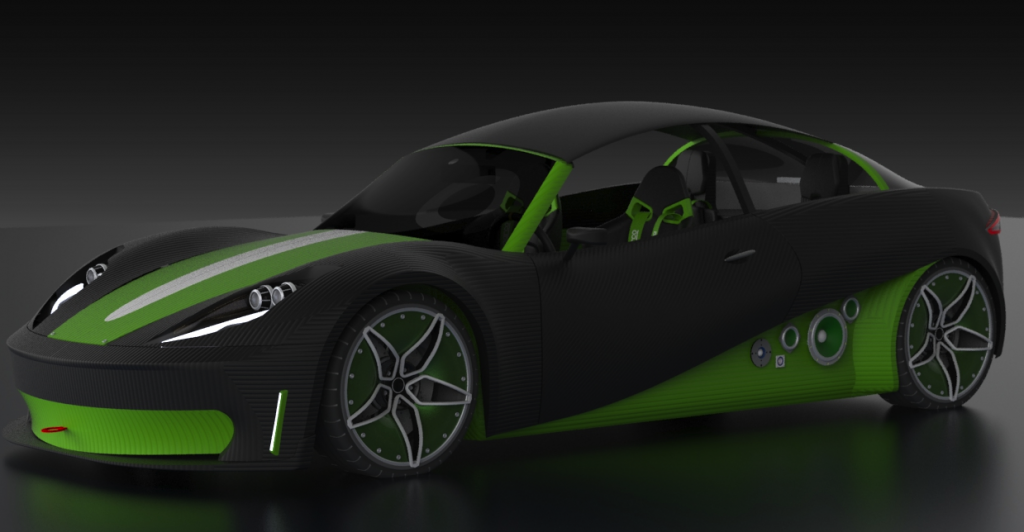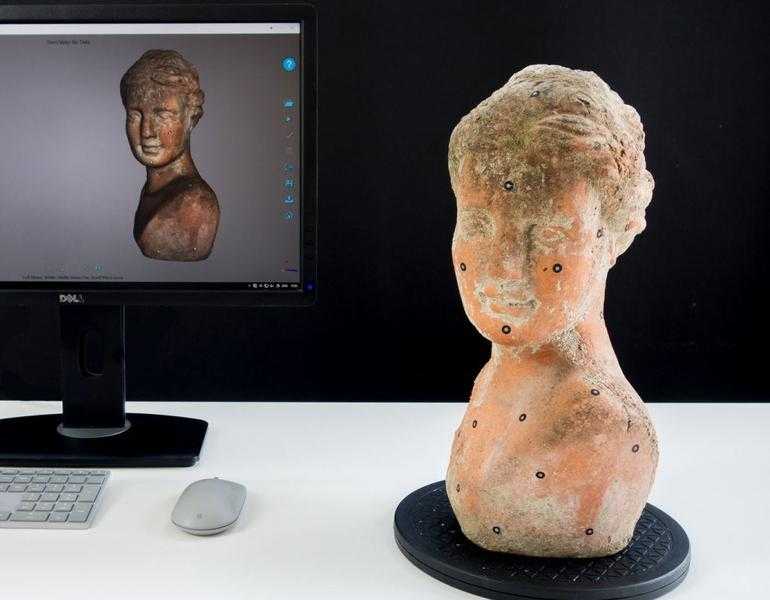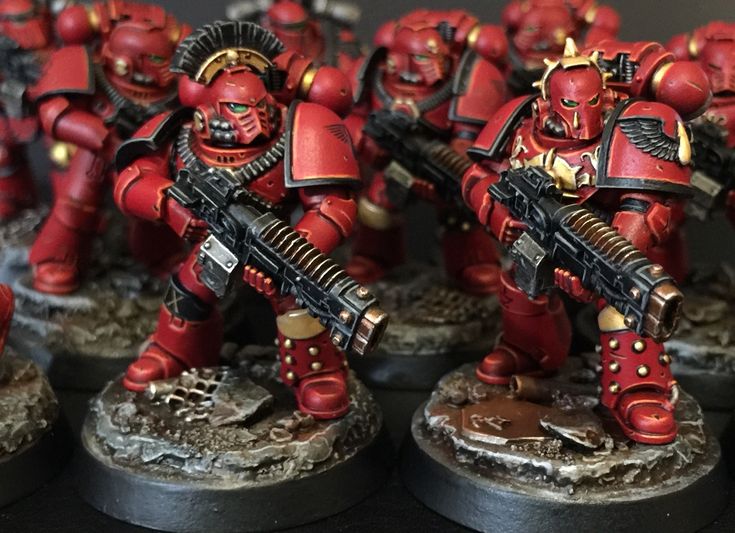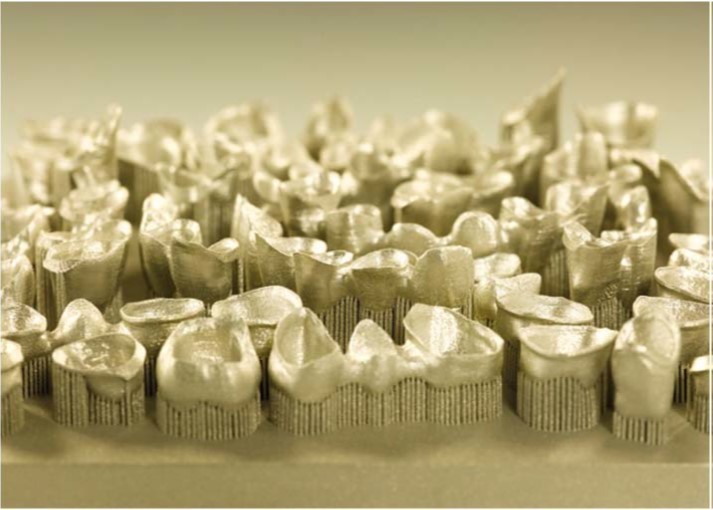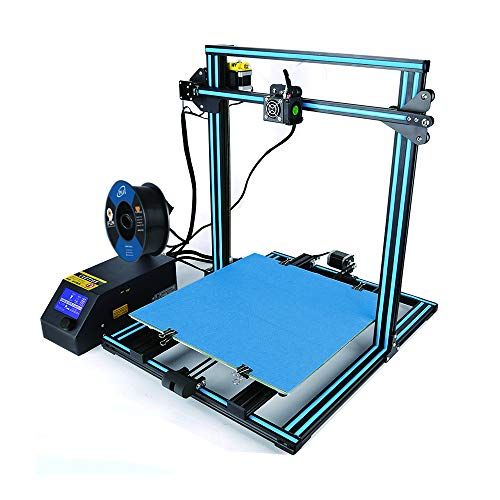3D cast printing
Custom 3D-Printed Casts and Splints
You Have Casting Options!
When you have a broken bone, you can choose a custom fit, waterproof 3D printed cast for the remainder of your healing, just as soon as your fracture is stabilized and your swelling goes down.
Your Clinic Can Provide ActivArmor Today!
No equipment or inventory to buy. Get started now with our free iPhone app!
What is ActivArmor™?
ActivArmor is the only waterproof, breathable, sanitizable custom plastic cast in the U.S. consumer marketplace. It empowers patients with the freedom to be able to stay safe and maintain their active lifestyles.
No rubbing or slipping. Custom fabricated to within 1mm of your body map.
Clips are locked on like a cast or easily removable like a splint, per doctor’s orders.
Kids love the colorful options and comfort. It’s breathable and does not trap bacteria.
Shower, bathe or swim as you normally would. Easy to clean dirt, sweat and grime.
ActivArmor™ allows you to continue to be active while you are healing from your injuries, and can reduce downtime in your active lifestyle and/or training.
ActivArmor™ is covered by most insurance plans and is affordable or even free depending on your individual coverage.
ActivArmor™ is the only commercially available, 3D printed custom splint in the United States and is FDA listed.
Participate in daily activities such as bathing and showering; convenient for children or those with mobility problems.
No need for a 3D printer in the doc’s office. All you need is an Rx pad and you can prescribe from the comfort of your own desk.
Listed with FDA as a Class 1 splint, doctors love the patient outcomes and patients love the faster recovery. ISO-10993 certified for biocompatibility.
ActivArmor is designed and made in Pueblo, Colorado in a United States EDWOSB, and was developed by an American entrepreneur.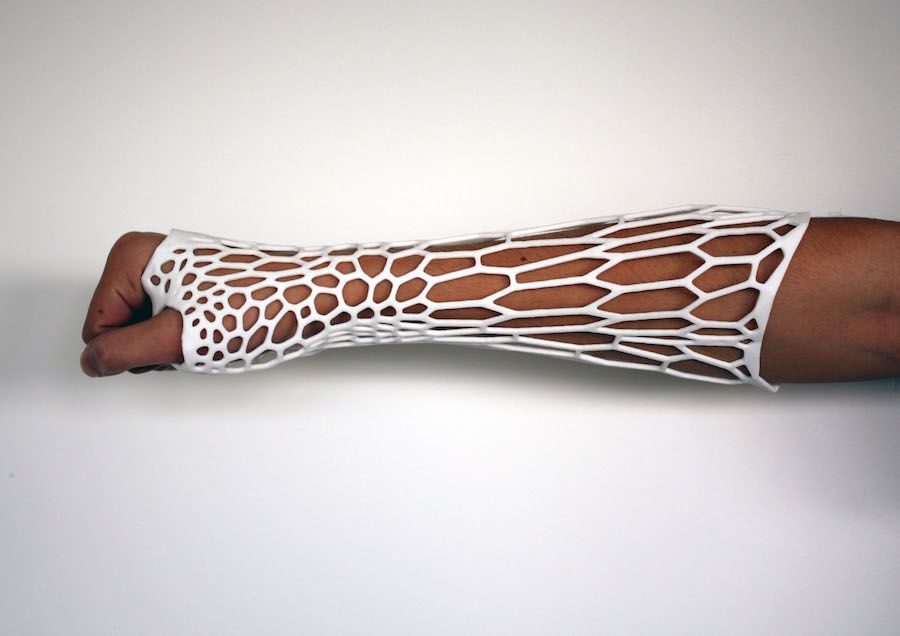
When you no longer have a need for your ActivArmor™ custom splint, rest assured you can recycle it and help keep our planet beautiful.
Doctors Love ActivArmor™
ActivArmor saves physicians time and increases clinic efficiencies by reducing cast removals, material inventory, recasting, and skin irritation complaints.
Custom RX Pad
Scan with your iphone in your office, or just write a script to have our certified staff fill your patient’s DME order.
Very Easy to Prescribe
it really is…
You can also become an ActivArmor partnering clinic
Learn More
Increase Traffic to Clinics
Your patients become walking billboards for your practice, marketing for you while they heal.
Zero Upfront Costs
Help more patients
Clinics are viewed as innovative, and are given the opportunity to provide patients with the latest in high tech healing options with no upfront equipment cost.
Learn More
Advanced Treatments
Provide your patients with the latest in high-tech immobilization, custom adapted for advanced healing technologies like ultrasound, bone and muscle stimulators and TENS units.
Advanced Treatments
Any doctor can do it
Because ActivArmor™ devices are custom designed and fabricated, physicians and patients now have an infinite number of unique design options.
Learn More
Improve Patient Satisfaction
Patients prefer ActivArmor™ over traditional casting and splinting options.
Patient Satisfaction
Patients can stay active
Referring physicians for ActivArmor™ have reported that their patients prefer it over traditional casting and splinting options.
Learn More
Actor
ActivArmor has changed my life! When I was diagnosed with severe never damage by my doctor and needed to be put into a cast, it really hurt me because I knew what they meant. My nerve damage is extensive and will take a year or more to heal, but I still wanted to work out, shower, wash. This is making my healing process so much more enjoyable and while I have a long road of healing ahead, I’m very happy with the cast I have, seeing what I can do with it! These should be all across America and replace fiberglass casts everywhere!
Pro Circuit Rider
"My brace has given me the freedom to do things I couldn't do with a standard cast while giving me the support I need to protect my wrist fracture. I love it and would recommend it to anyone with any problem requiring extra support!"
I love it and would recommend it to anyone with any problem requiring extra support!"
Mother
"My son, Robert, is a very active child: water skiing, climbing, baseball, swimming, you name it and as such he injured his arm the first week of summer vacation. Knowing his injury required a cast, we assumed Robert would miss out on all of the summer fun with his friends. He was going to have to wear a stinky itchy cast like his sister did before him. given that Robert had just been invited to a pool party, I asked the doctor if there were any options. When the doctor prescribed an ActivArmor™ cast we were thrilled! ActivArmor™ was the answer to what would've been a dreary summer otherwise. My son said it was very comfortable to wear. He loved being able to shower with the cast on. No smell, no discomfort, and no irritated/itchy skin."
Patient
"Out and about with my ActivArmor™ cast... I have sent more people to your site than you can believe. Everyone asks about it and I love telling your story.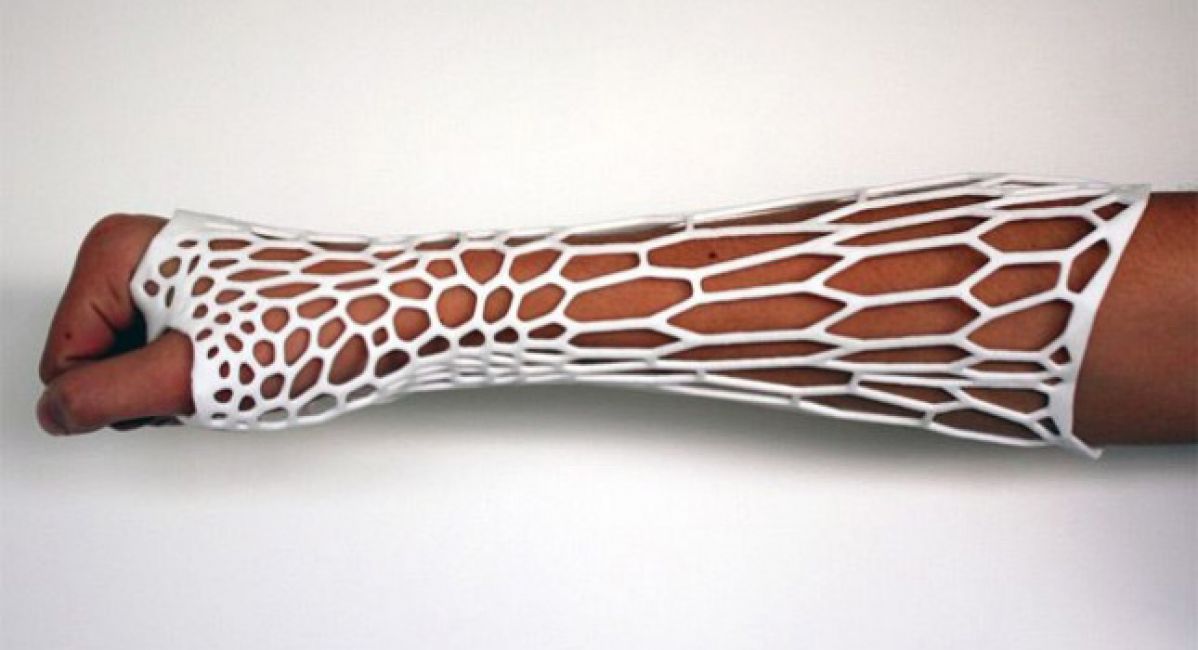 Thank you for giving me back my summer. I have been boating, swimming everyday, paddleboarding, kayaking, and rafting since I got my cast. I am able to shower, and unfortunately do dishes. I can wash my dogs, and hose down my hogs. If when I am throwing hay, it shakes out of the cast. It is not smelly either. My baby Toy Chihuahua loves to chew on it. I just wish I had more than one color to coordinate with my clothes. But I am always answering questions about it and sending people to your site."
Thank you for giving me back my summer. I have been boating, swimming everyday, paddleboarding, kayaking, and rafting since I got my cast. I am able to shower, and unfortunately do dishes. I can wash my dogs, and hose down my hogs. If when I am throwing hay, it shakes out of the cast. It is not smelly either. My baby Toy Chihuahua loves to chew on it. I just wish I had more than one color to coordinate with my clothes. But I am always answering questions about it and sending people to your site."
MD
"The ActivArmor™ brace is the next generation of patient immobilization. Custom fit, 3D printed, waterproof, and breathable! All of the previous problems of inability to shower, swim or workout, itching, hygiene, and incision exposure are solved. Patients will love the comfort and convenience of going back to a more normal life!"
19
"After breaking my wrist and having to have surgery, I thought I wouldn't be able work as a lifeguard this summer. But thanks to ActivArmor™, I'm able to be in a cast to heal my wrist and still be able to lifeguard and get in the water whenever, and however many times needed!"
Ironman World Championships Competitor
"Literally couldn't do it without you!!!"
Product Info and Technical Blogs
ActivArmor for Diabetic/Charcot Foot
May 3, 2022
How much does ActivArmor Cost?
November 10, 2021
How to scan with the iPhone App
September 2, 2021
How To Do Fittings and Adjustments
May 20, 2021
But what about that turnaround time??
January 27, 2021
ActivArmor is Adjustable for Swelling
January 27, 2021
Casting Option Comparison
March 11, 2020
ActivArmor Improves Clinical Staff Efficiency and Patient Throughput
February 19, 2020
Observation of Skin While Immobilized Can Catch Infections Earlier
November 9, 2019
“We get fewer complaints, replacements and adjustments”
October 18, 2019
3D Printing In Your Clinic
July 27, 2019
ActivArmor Saves Patients AND Clinics Time and Money
January 27, 2019
ActivArmor and Edema (Swelling)
January 27, 2019
ActivArmor: customized protection and exposure of wounds, incisions and post-surgical hardware for observation and treatment
January 27, 2019
Prescriber Testimonial – We use ActivArmor for 70% of our casting and splinting
January 27, 2019
ActivArmor – Safe and Skin Friendly
January 27, 2019
ActivArmor – A Strong Competitive Advantage for Providing Clinics
January 27, 2019
ActivArmor Improves Clinical Staff Efficiency and Patient Throughput
January 27, 2019
ActivArmor Clinical Flow Process
January 27, 2019
ActivArmor Casting/Splinting Use Cases
January 27, 2019
ActivArmor Transitions from Cast to Splint Through Healing Phases
January 27, 2019
Pediatric Compliance: Will my child be able to take it off?
January 24, 2019
Get Custom Logos on your ActivArmor!
December 13, 2018
ActivArmor Supports Improved Patient Compliance
August 11, 2018
ActivArmor and Carpal Tunnel Syndrome
August 11, 2018
ActivArmor – A Welcome Alternative For Pediatrics
August 11, 2018
Some Patients Choosing Surgery over a Cast
August 11, 2018
ActivArmor Benefits Geriatric Patients
August 11, 2018
ActivArmor Gets Worker’s Comp Patients Back to Work!
August 11, 2018
ActivArmor for Athletes
May 24, 2018
ActivArmor – The Solution for Cast Claustrophobia
May 23, 2018
How Does ActivArmor Compare to Off-the-Shelf Splints?
May 20, 2018
Athletes Love ActivArmor!
May 17, 2018
ActivArmor In Action
May 11, 2018
Casting and Splinting for Patients with Diabetes
March 17, 2018
ActivArmor: Designed for use with Advanced Healing Technologies
March 3, 2018
Casting: Leaving Physicians in the Dark
February 20, 2018
ActivArmor – A digital solution in an analog market
February 17, 2018
Custom Care through 3D Printing
February 17, 2018
Steel 3D Printing - A Quick Guide / Sudo Null IT News
Any metal 3D printing technology can print with steel. This is the most popular material. But which steel grades and which technology is best for your application? Will printed steel parts really be as strong and durable as traditionally made parts?
This is the most popular material. But which steel grades and which technology is best for your application? Will printed steel parts really be as strong and durable as traditionally made parts?
Let's see how a 3D printed steel part is revolutionizing manufacturing and opening doors to new applications in aerospace, medical equipment, automotive, tool making, heavy industry, architecture and more. In addition, more affordable desktop printers are expanding the scope and scope of real steel 3D printed parts.
Strength of steel printed parts.
Cast steel part (left), 3D printed version (center). On the right, a fully 3D printed hinge requires no assembly. (Source: Desktop Metal)The most common question when it comes to a 3D printed metal model is "Will it be as strong as a forged or cast part?" ?". The short answer is yes... and no.
3D printed steel parts can be just as strong, and sometimes even stronger, than those made in the traditional way. It depends on many factors such as: end use, type of steel, choice of 3D printing method, post-processing and shape of the part.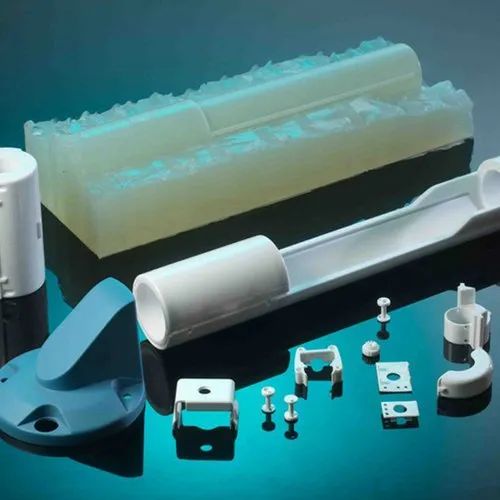 Also, the comparison depends on which of the strength characteristics you focus on: tensile strength, static load strength, fatigue strength, etc.
Also, the comparison depends on which of the strength characteristics you focus on: tensile strength, static load strength, fatigue strength, etc.
Parts printed from steel are used in the aerospace industry, for the military, and also, for example, for the manufacture of a footbridge, shown below. Therefore, the strength of printed products is beyond doubt, but let's take a closer look.
Queen Maxima of the Netherlands officially opens a 3D printed metal bridge. Photo by Adriaande Groot (Source: MX3D)A 3D printed or laser powder sintered (LPBF) steel part has a finer grain structure than cast metal products. This provides better tensile strength characteristics, but in other respects the cast parts are currently still stronger. Most often, LPBF 3D printing is used to replace cast components, but in some cases, 3D printed components can replace forged parts.
One study showed that, under certain conditions, stainless steel parts made using LPBF 3D printers were three times stronger than parts made from the same steel using the traditional method.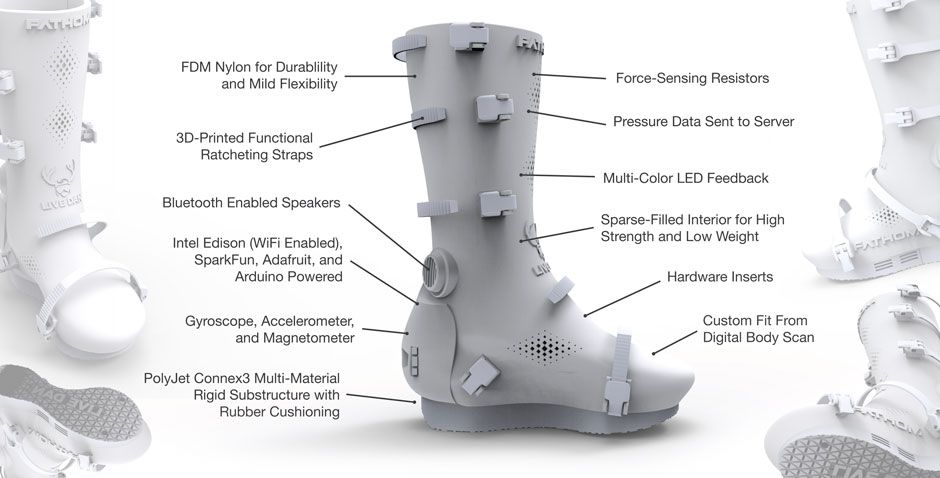
In experiments comparing 3D printed steel parts to traditionally made steel parts, researchers create identical parts using two methods and compare their performance. However, head-to-head comparison of details is only part of the big picture.
The main advantage of printing with steel is not only its strength, but also the unique ability to create internal channels and lattice fillings in parts, which is impossible using traditional manufacturing methods. Metal 3D printing makes it possible to produce parts faster than traditional production, since this method does not require the use of special equipment and tools, it allows you to create assemblies as a whole, eliminating the need for subsequent assembly and welding. Designing a printed part usually means that less metal is needed to make it, and therefore less weight, for the same strength.
MX3D Wire Arc Additive Manufacturing (WAAM) printed steel architectural support (Source: MX3D) Steel 3D printing is also more stable and cost effective as it reduces waste.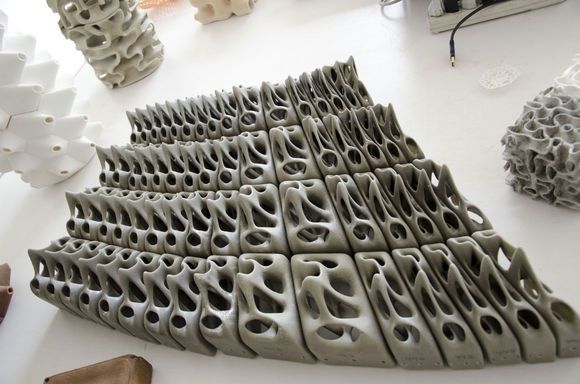 When using subtractive manufacturing methods, such as CNC machining, you make a part by cutting it out of a large one, with a lot of waste. With additive manufacturing, you only use the material you need to make the finished product.
When using subtractive manufacturing methods, such as CNC machining, you make a part by cutting it out of a large one, with a lot of waste. With additive manufacturing, you only use the material you need to make the finished product.
Steel 3D printing is not intended to replace traditional methods in all areas, but it may be a better choice for a wide range of applications. Particularly when the required parts are unique and designed for specific applications, such as rocket engines, racing cars or the oil and gas industry. 3D printing is the fastest and most flexible technology for mass production and prototype production. For military and industrial applications, steel 3D printing is a faster and more efficient way to create individual parts for vehicles and machines. Stainless steel 3D printing is rapidly finding applications in medicine to create unique surgical instruments and implants.
If you know what characteristics your final product should have (tensile strength, compressive strength, hardness, density, etc.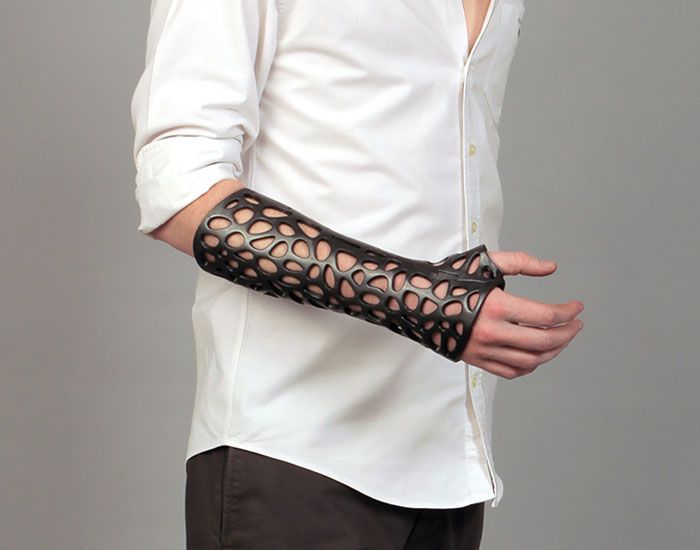 ), then all these parameters can be incorporated into the product at the production stage.
), then all these parameters can be incorporated into the product at the production stage.
Types of steel for 3D printing
Metal powder is the most used metal material for 3D printing (Source: GKN Additive)There are thousands of different grades of steels and alloys with different mechanical properties, used in traditional manufacturing but in 3D printing there are only a few dozen of them, and some of them are unique, created specifically for this technology. Among the steel options, the following can be distinguished:
-
Stainless steel (316L, 304L , 17-4PH, 15-5PH, 420, 254, Ph2, GP1, 630, 410).
-
Tool steel (D2, M2, h23, h21, MS1, 1.2709).
-
Low alloy steel (4140).
-
Structural alloyed (20MnCr5).
Recently, unique alloys have been developed specifically for 3D printing, designed to solve the problems that occur with classical production methods.
For example, 3D printer manufacturer Desktop Metal released a patented stainless steel in 2022 that the company says combines the tensile strength, ductility, and corrosion resistance of 13-8 PH stainless steel, combined with the hardness low alloy steel like 4140.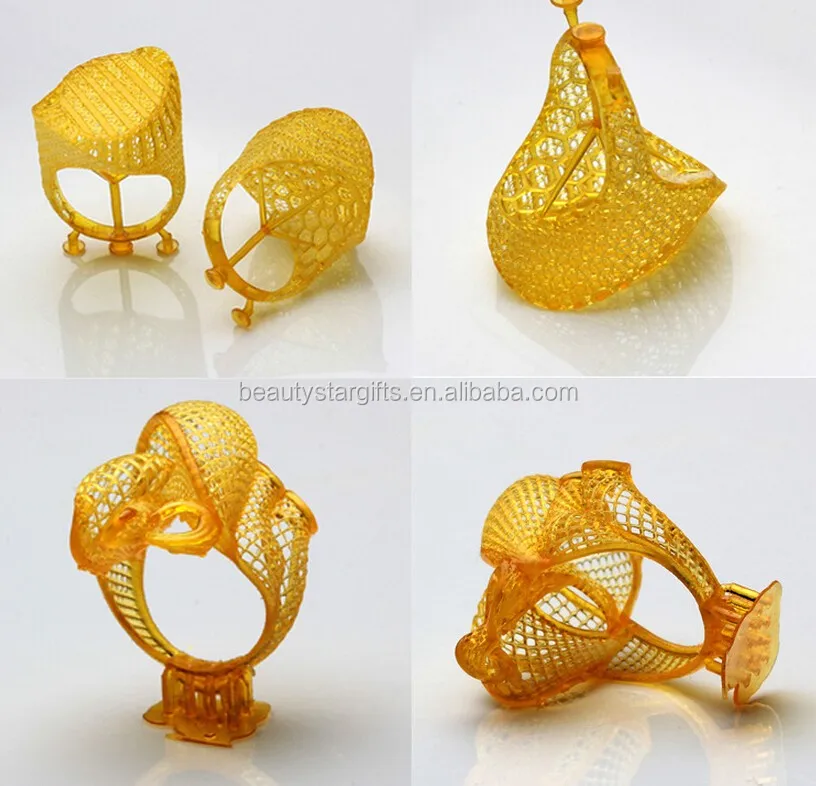 The company says customers can go to market with this material and skip the galvanizing step to protect products from corrosion.
The company says customers can go to market with this material and skip the galvanizing step to protect products from corrosion.
ExOne offers two special blends of steel and bronze that the company says allows 3D printed steel parts to achieve increased corrosion resistance while being easy to machine and polish.
While most of the metal powders used in 3D printing are similar to those used for other manufacturing methods, their numbers are on the rise as more companies adopt the technology. Some metal powder manufacturers, such as GKN, also make custom powders for specific 3D printing applications.
How to print with steel
The strength, properties and applications of 3D printed steel products largely depend on which 3D printing technology you use. Some methods produce stronger parts, other methods provide better hardness or abrasion resistance, and some technologies are simply very fast.
Below are the main metal 3D printing methods, their properties and some of the most common application examples.
Fused Deposition Printing (FDM)
BCN3D's Epsilon printer extrudes metal filament from stainless steel (Source: BCN3D) as more printer manufacturers certify metallic filaments for use on their printers, such as Ultimaker, BCN3D, Makerbot, Raise3D. Raise3D has recently released a complete metal printing suite - Metalfuse (3D printer, debinding oven and sintering oven). This method is still much more popular for printing plastics, but with new plastic filaments filled with stainless steel powder, strong metal parts can be produced.FDM media was once limited to thermoplastics. Companies like BASF Forward AM and The Virtual Foundry now offer metal filaments that can be used on almost any FDM printer as long as it has a hardened steel nozzle for abrasive media.
These materials are approximately 80% metal and 20% plastic. After printing, the post-processing process removes the plastic, resulting in 100% metal parts.
Due to the removal of the bonding plastic, FDM metal parts shrink during post-processing.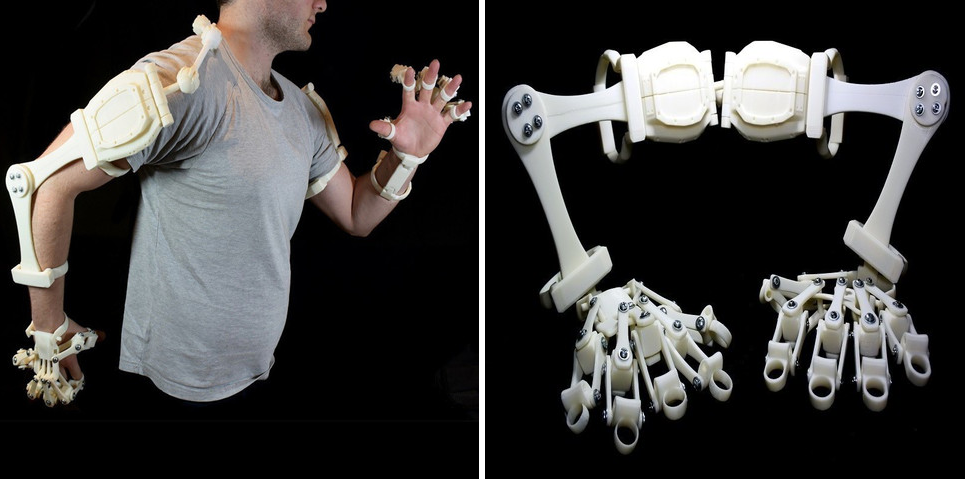 The amount of shrinkage is constant and can be taken into account in CAD systems, which allows to obtain relatively accurate finished parts.
The amount of shrinkage is constant and can be taken into account in CAD systems, which allows to obtain relatively accurate finished parts.
Forward AM's 316L Stainless Steel Ultrafuse filament produces finished parts with material properties that the company claims are comparable to injection molded metal parts.
(Source: BCN3D)While 3D printing with metallic materials may not be suitable for demanding applications such as aerospace, the economics of producing simple metal components without critical loads on an affordable FDM printer can outweigh the impossibility of applying them in some areas.
Metal prototype parts and finished parts that will not be subjected to extreme stress are ideal uses for this technology.
Bound Metal Deposition (BMD)
Desktop Metal's Studio System 3D printer used bonded metal bars that were extruded layer by layer to form a metal part (Source: Desktop Metal) Similar to FDM, Metal mesh deposition method (BMD) or bonded powder extrusion (BPE) is a 3D printing process based on extrusion.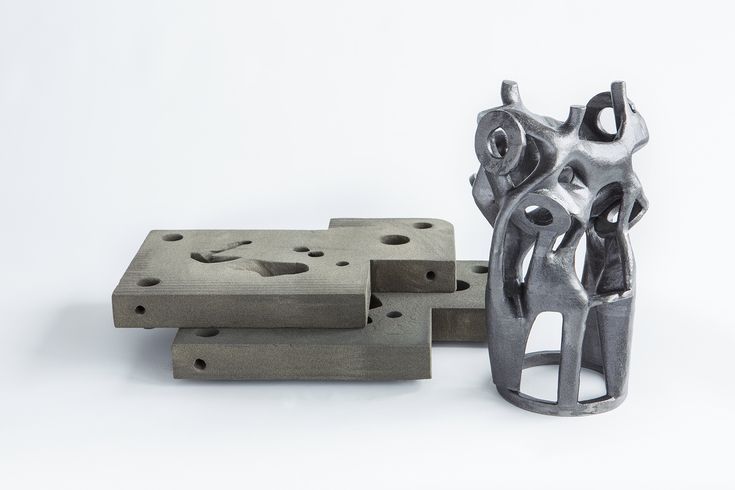 This method uses bonded metal rods or bonded powdered metal filaments, which consist of a much higher percentage of metal powder than the filaments used in FDM. As with FDM, post-treatment to remove the binder and heat treatment in a final sintering oven are required.
This method uses bonded metal rods or bonded powdered metal filaments, which consist of a much higher percentage of metal powder than the filaments used in FDM. As with FDM, post-treatment to remove the binder and heat treatment in a final sintering oven are required.
There are only a few 3D printers using this method such as Desktop Metal, Markforged and more recently 3DGence, but more companies are entering this market, so stay tuned. These printers are valued as a convenient solution for office 3D metal printing, they are more expensive than most FDM printers, but cheaper than the powder-based metal 3D printing technologies described below.
These printers use their own proprietary filament. Desktop Metal and Markforged offer four types of steel.
Ideal niches for this technology are metal prototype parts, where it is necessary to test the functionality of a part before mass production using traditional methods. Popular applications are molds, punching dies, nozzles, impellers, fasteners and heat exchangers.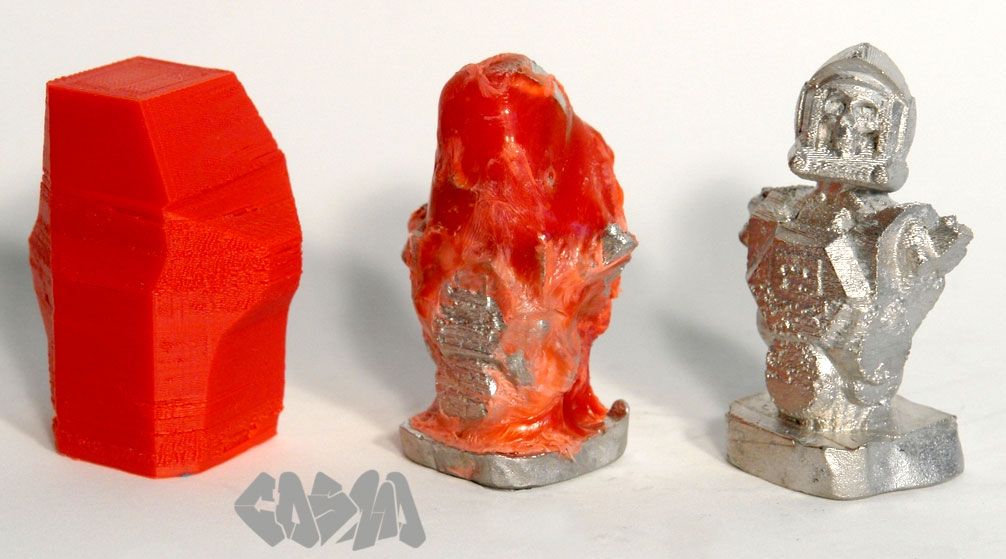
For example, Shukla Medical uses Markforged's Metal X printer to print steel prototypes of its orthopedic implant removal tools.
Laser powder sintering.
Laser powder sintering technology uses one or more lasers to melt powdered metal into a desired shape layer by layer (Source: GE Additive) metal printing. This technology is used by 80% of all metal 3D printers on the market.This method uses powerful lasers to selectively sinter metal powder layer by layer.
LPBF 3D printers are available in a wide range of sizes, prices and laser powers. These and other characteristics affect the properties of the finished part, print speed and other parameters of the finished products.
Steel and steel alloys are the most popular material for LPBF equipment and, unlike FDM and BMD, metal powders are commercially available as they are most commonly used in traditional production methods.
LPBF is a technology that maximizes the quality of a 3D printed part.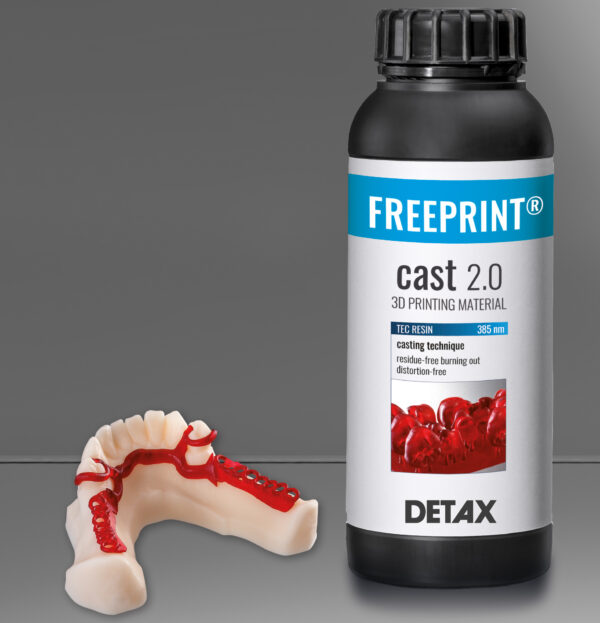 Applications include aerospace components such as monolithic thrust chambers, rocket engine components and heat exchangers, molds, tools and other applications, as well as high wear parts and surgical instruments.
Applications include aerospace components such as monolithic thrust chambers, rocket engine components and heat exchangers, molds, tools and other applications, as well as high wear parts and surgical instruments.
Binder Jetting
Binder 3D printing technology uses metal powder and a binder to form metal parts (Sorrce: ExOne) binder, and not with a laser. During post-processing, the binder is removed.Binder application stands out for its high printing speed compared to other 3D printing methods or traditional manufacturing, and metal parts made with this technology have material properties equivalent to those made by metal injection molding.
The number of manufacturers producing metal-bonded inkjet 3D printers is much smaller than that of LPBF machines. Leading manufacturers include ExOne, Desktop Metal, Digital Metal, GE Additive and HP.
Binder blasting is ideal for medium to high volume production of metal tools and spare parts.
In fact, HP claims that its Metal Jet 3D printer was designed specifically for mass production of 316L stainless steel products. HP has partnered with Parmatech to produce metal parts for the medical industry. Pennsylvania-based ExOne uses this technology to manufacture hard metal cutting tools and tool steels.
Electron Beam Melting (EBM)
(Source: GE Additive)Electron Beam Melting (EBM) is another powder cladding technology. It works in a similar way to selective laser melting (SLM), but instead of using a laser as the energy source, it uses a much more powerful beam of charged particles.
The recoater moves the powder onto the printing plate and an electron beam selectively melts each layer of powder. After each layer is printed, the plate is lowered and another one is applied on top of the previous layer.
EBM can be much faster than SLM, but SLM produces smoother and more accurate pieces. The electron beam is wider than the laser beam, so EBM cannot produce the same precise parts as SLM. Another difference is that the manufacturing process takes place in a vacuum chamber, which reduces the amount of impurities in the material that can lead to defects. That is why EBM is often chosen for printing components for the aerospace, automotive, defense, petrochemical and medical implant industries.
Titanium is the most popular metal for most EBM applications, however steel can be used.
Cold Spray
(Source: Impact Innovations)Cold spray 3D printing is done by injecting metal powders through a jet nozzle into a supersonic stream of pressurized gases such as air, nitrogen or helium. The process is called "cold" because the metal particles do not melt, but hit the metal substrate and adhere to its surface during the so-called plastic deformation.
Cold spray printed products are not prone to porosity, thermal cracking and other defects associated with melt-based technologies. This method has several advantages over other production methods. The technology is used in the military and aerospace industries around the world. For example, the US Army uses cold spray to repair the mounts of a worn Bradley 25mm steel turret gun.
In the automotive industry, cold spray steel is used for crash repairs because the high strength steel substrates in cars can be susceptible to thermal repair methods such as welding.
Direct Energy Deposition (DED) and Wire Arc Additive Manufacturing (WAAM)
WAAM Steel Parts from MX3D (Source: MX3D)Direct Energy Deposition (DED) uses welding powder or wire that enters through a nozzle and is fed into the power source to melt the metal. A melt region is created and applied to the substrate. DED is a new process, reminiscent of an old building technology known as "cladding", in which a coating is applied to a substrate, often for thermal insulation or weather resistance. DED is useful for fabricating large objects as a whole, as well as complex geometries that require extensive machining. DED can get such parts much closer to finished than traditional CNC machining.
Because DED uses a coating process, it can be used to add complex geometries to existing steel parts, thus combining complexity with cost reduction.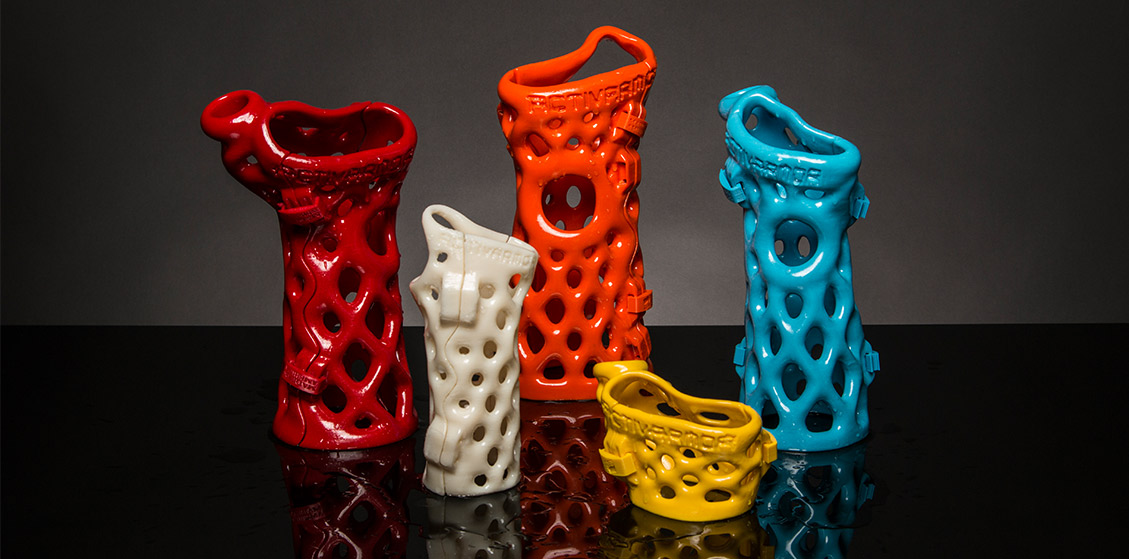 For example, the French company AddUp advertises a rocket nozzle that uses a preformed large 304 stainless steel hopper cone printed with an isogrid structure, usually made from a larger piece by traditional methods.
For example, the French company AddUp advertises a rocket nozzle that uses a preformed large 304 stainless steel hopper cone printed with an isogrid structure, usually made from a larger piece by traditional methods.
A technology related to DED is wire-arc additive manufacturing (WAAM). Instead of powder, WAAM uses a metal wire that is melted by an electric arc. The process is controlled by robotic arms. WAAM is also capable of producing large-sized metal parts, as demonstrated by the Dutch company MX3D and its nine thousand-pound 41-foot stainless steel bridge in Amsterdam, as well as an oil and gas equipment repair part, proving that parts can be made in the field.
Micro 3D printing
Micro parts printed from steel (Source: 3D MicroPrint)Micro scale additive manufacturing, or micro 3D printing, can produce products with a resolution of a few microns (or less). There are three micro 3D printing methods to produce metal parts.
LMM (lithography-based metal fabrication) is a light-based technology that creates tiny parts from raw materials, including stainless steel, for applications such as surgical instruments and micro-mechanical parts.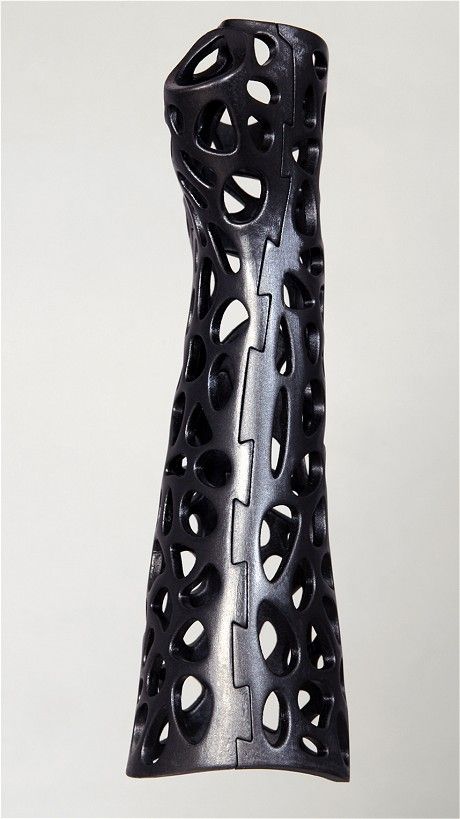
Electrochemical deposition is the latest micrometal 3D printing process developed by the Swiss company Exaddon. In this process, the printing nozzle applies liquid with metal ions, creating details at the atomic level.
A third micrometal 3D printing method is microselective laser sintering, in which a layer of metal nanoparticle ink is applied to a substrate, then dried to produce a uniform layer of nanoparticles.
German researchers have successfully tested micro SLS printing of hollow microneedles using 316L stainless steel.
Metal parts from 3D Systems, Desktop Metal, MX3D and Materalise.STL file "Gussturm" cast turret for Panther Ausf.G/F/ II 3d printing・3D printer design download・Cults
TIGER II. 3D printing MUZZLE BREAK LATE 1945
0,99 €
X-7 Anti-tank missile "rotkäppchen" 3D printing
1,99 €
Panther II Cupola 3D PRINT
2.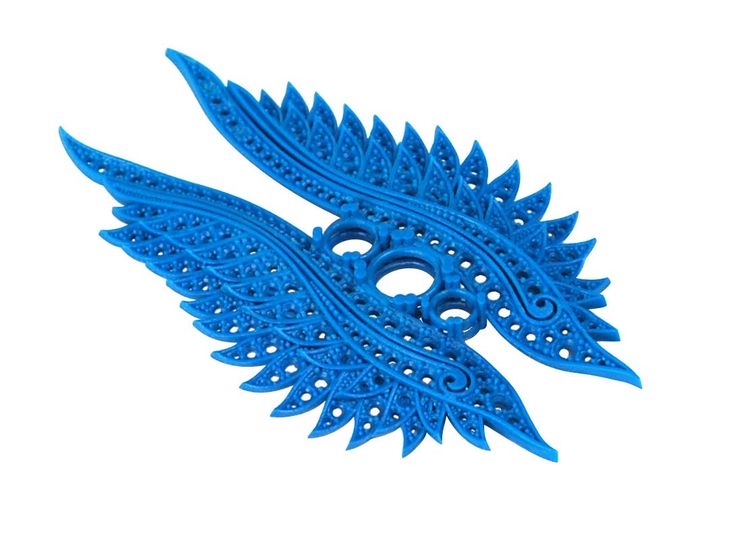 99 €
99 €
Panzer III & Panzer IV mid. prod tracks 3D PRINT MODEL
5,49 €
Panzer III&IV Winter Tracks 3d-print
5.99 €
T-34 Wafer tracks 3d printing
6.49 €
Tank jack for Panzer I/II/III/IV 3d printable
1.49 €
TIGER I. MIDDLE AND LATE TRACKS 3D PRINT MODEL
5,99 €
Late Type Panzer IV Tracks 3d Print
6.49 €
3D printing of cartridges and cases in caliber 8.8 cm
3.49 €
3D PRINT MODEL tank Panther Ausf.A/G
4,99 €
Best 3D Printer Files in the Miscellaneous Category
Rick & Morty's Blaster | Rick's Ray Gun | Laser Gun | Energy Gun
7. 35 €
35 €
Space Launch System (SLS) Block 1
Free
3D Hubs Marvin - Key Chain
Free
Airsoft - Supressor 3
3.20 €
Benoît Hamon
Free
Modification details LGB Mogul G-Scale
9.77 €
Vaso Koruzha 1
2.20 €
Flexi Tracks : Turret Head Print in Place No Support
2,50 €
Bestsellers in Miscellaneous category
Black Phone Movie Invader 2 Piece Mask 3 Style Frowning Smile Without Mouth STL
9.79€
Gremlin rail 640 mm FPV
0,98 €
Charizard - pokemon with flexible articulation (seal in place, without supports)
3 €
Targaryen Crown - Viserys - Dragon House
€11. -twenty% 9.33 € 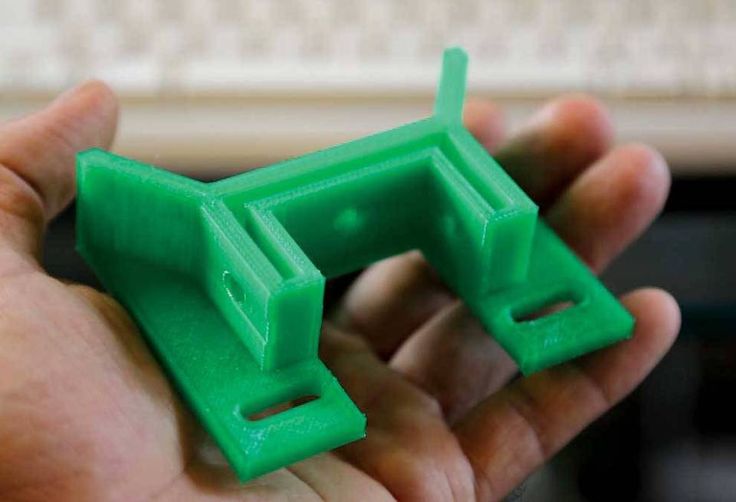 66
66
Halloween haunted house lamp with 3d moon - NO PREPARATION AND PAINTING NEEDED
6,87 €
Adderini - 3D Printed Repeating Slingbow / Crossbow Pistol
6.25€
Personalized Christmas ball made of lithophane ItsLitho "Swirl"
1,90 €
Gengar - pokemon with flexible articulation (seal in place, without supports)
2 €
4th planet Fighting pre-Olympic god
12 €
RS-X-Bow "Government - 1911" style
6,25 €
Key holder for middle finger
1 €
Polestar 2 cup holder
5.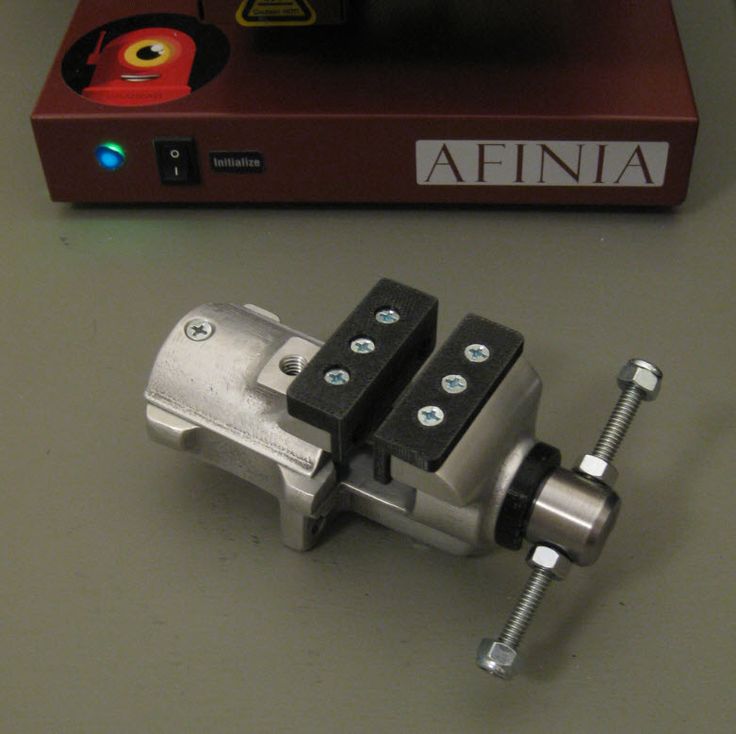 85 €
85 €
T-800 Terminator Moving Skull
15 €
Giarados - articulated sea serpent
1,50 €
ItsLitho "Drop" Personalized Lithophane Christmas Ball
€1.90
Christmas house
6.87 €
Do you want to support Cults?
Do you like Cults and want to help us continue our journey on our own ? Please note that we are a small team of 3 people, so supporting us in maintaining activities and creating future developments is very easy. Here are 4 solutions available to everyone:
-
AD: Disable your AdBlock banner blocker and click on our banner ads.
-
AFFILIATION: Shop online with our affiliate links here Amazon.

Learn more


